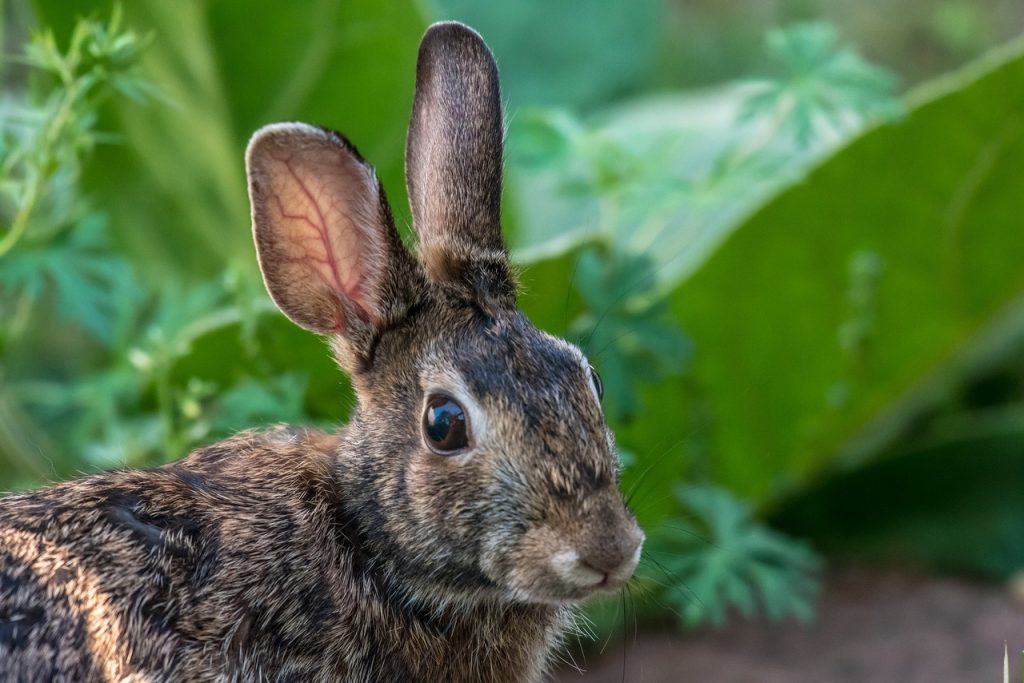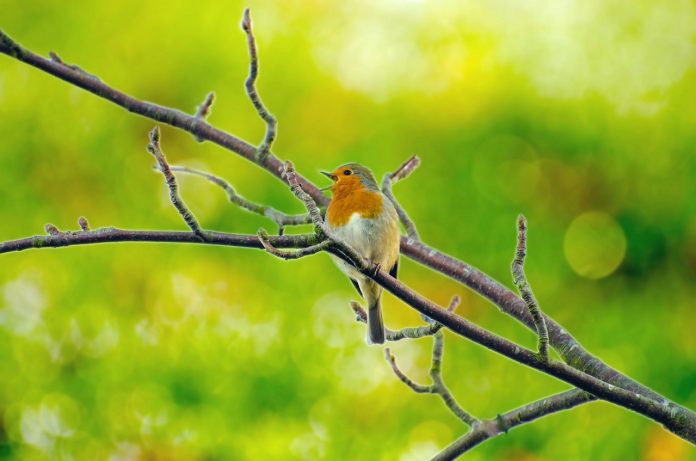Now is a great time to consider how you can make your garden more wildlife friendly.
“Wildlife gardening isn’t difficult, there are plenty of things you can very easily add to your garden to increase your chances of encouraging wildlife to visit, no matter what your skill level. Whether you simply add some plants for pollinators, fix some bird houses and bug boxes to the fence, or even go all-out and dig a pond, there is something for everyone,” Oli Ong from Nicholsons in North Aston tells us.
Nicholsons have recently been working with the RSPB on some wildlife-friendly garden-design advice for new build properties.
The Perfect Plants:
Generally, the more native plants you are able to use in your garden, the better. If you could include a native hedge on one of your boundaries or as a garden divider, it will create a number of habitats and attract a host of creatures to your garden.
It’s good to have a mix of shrubs and herbaceous plants in your borders—more flowers mean more scent and colour to attract insects into your garden. This doesn’t have to be done in a brightly coloured ‘dolly-mixture’ theme (unless you like that sort of thing), as plants can be chosen to stick to a colour theme as long as they are appropriate for the aspect and soil in your garden.
Lavender is the most obvious option—everyone knows a Lavender plant is alive with bees in the middle of summer… Bee-balm, or Monarda didyma, is a beautiful pink-flowered perennial which flowers all summer long.

It has aromatic leaves which can be used in salad and to make tea and as the name suggests, it attracts pollinators – most importantly – bees! Verbena bonariensis is a tall perennial for the back of a border and it’s flowers look stunning, bobbing above the rest of the plants in the border- as a bonus, it’s an insect magnet… Be wary of the tempting title of ‘butterfly bush’ – although this plant (Buddleja) does indeed attract butterflies, it has been listed as an invasive plant. Planting more of this, or any other ’invasive’ plants is not helpful to Britain’s biodiversity although unfortunately many websites will contradict this.
Wildlife Features:
Some of the most obvious additions, such as ready-made timber hedgehog homes and bird boxes, are the easiest things to add into any garden for effortless and instant wildlife encouragement. Not only are they easy to source and install, they are also available in many different colours and styles so if your garden is very specifically designed or colour-themed, you can add one as more of an accessory—it doesn’t just have to be plain and practical…
There are lots of exciting ways to introduce wildlife-friendly features into your garden. My absolute favourite at the moment, which has become a little bit of an obsession, is a green roof on a shed! This can be done be adding a layer of root-resistant water-proofing, a layer of drainage, a filter layer, a layer of substrate and a layer of drought tolerant planting to the roof of your garden shed (or even more simply than that, if it’s only a small roof).
A green roof can be created when adding a new shed to your garden, or can even be built on an existing shed roof with the correct reinforcements. This is not only extremely beneficial to wildlife but it also looks unbelievably beautiful and really adds unique interest to any garden.

Another way of creating habitats around your garden is by using deadwood features. These can be a simple or as complicated as you like. Arranging a pile or a stack of logs in the far corner of a border and growing plants around them for cover is a very easy addition and will really blend into the garden and be hidden by the plants.
If you want to try something more creative you can make a standing log feature—this can be made with logs of various lengths, standing on end and a third of the length of each log buried beneath the ground to help them stay standing. If these are arranged in a cluster of seven or ten logs in the middle of a mixed border, it can look quite structural and arty… Natural art for the benefit of nature.
Hopefully, with a bit of careful thinking, we can make a difference to our great British wildlife.
Note: The Nicholsons Plant Centre is unfortunately closed at the moment, in an effort to keep us all safe amidst the Coronavirus pandemic. However, they still want to help you make the most of this time at home, so have set up a ‘Nicholsons Knowledge Community’ on Facebook. This is a space to share the wisdom and expertise of their experts, while providing you with the opportunity to ask questions and interact.
They will be posting regularly in this group, as well onto their website and social media platforms, so make sure to keep an eye out:
Nicholsons Knowledge Community: https://www.facebook.com/groups/440292370090395/
Nicholsons Facebook: https://www.facebook.com/Nicholsonsgardendesign/
Nicholsons Instagram: https://www.instagram.com/nicholsonsofoxfordshire/
By Oli Ong at Nicholsons Nurseries


















